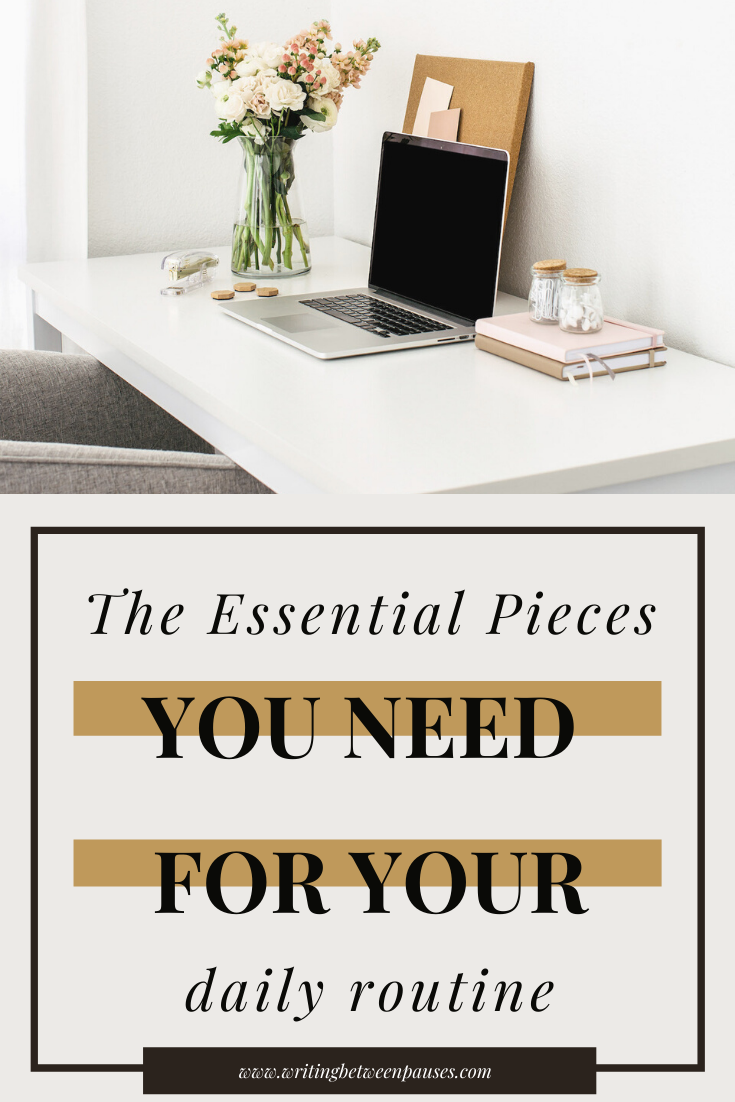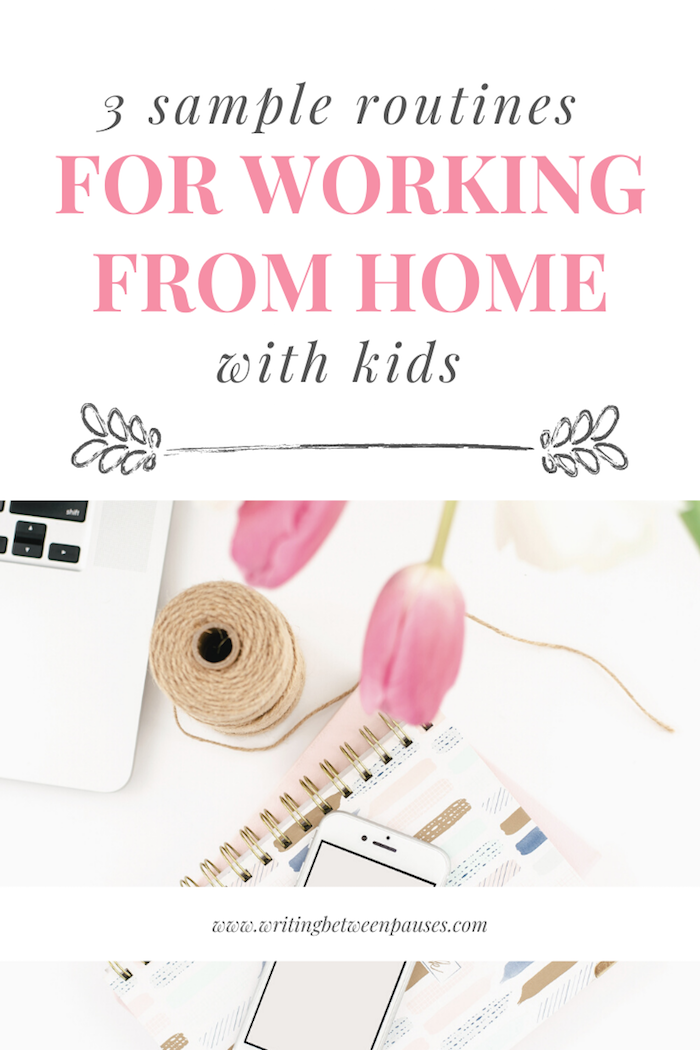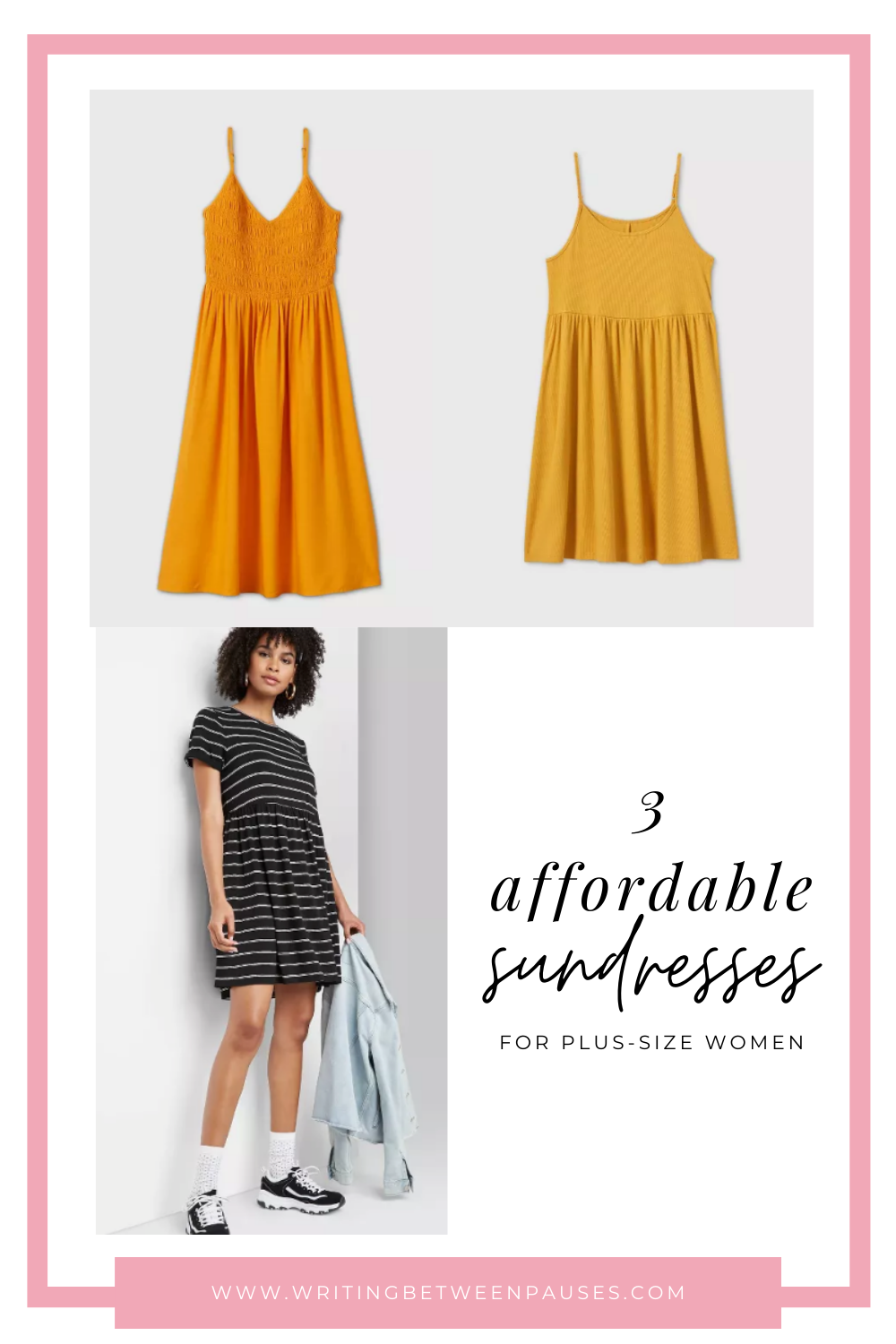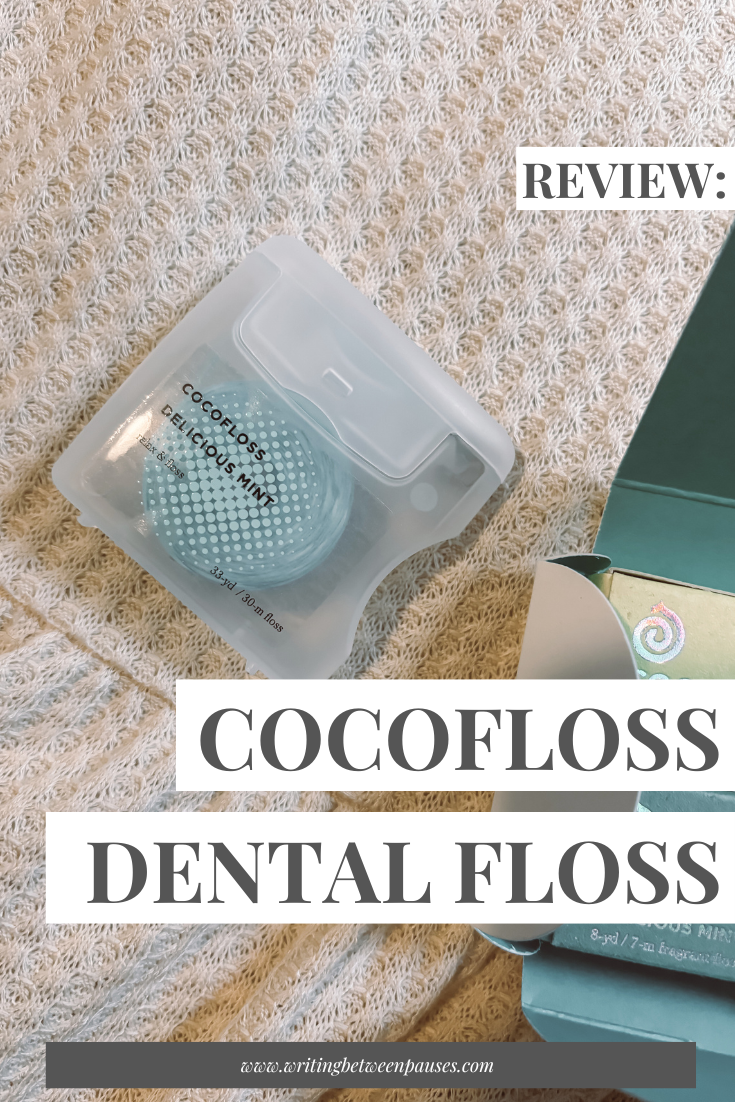Happy August! This month, we’re going to talk about establishing boundaries: in your business, in your personal relationships, and beyond. Establishing boundaries is so important to everyone and something we don’t talk about enough! I hope you find value and comfort in these blog posts.
A few months ago, I was talking to my therapist about how difficult it felt to give my son the attention he needs while also finishing my work. She asked me a few questions about how we spent our time during the day. I talked about the added pressure I felt to be doing activities with him: making things and keeping him entertained.
“It sounds like you need some boundaries,” she said.
We kept talking on our Zoom call and when I hung up, I sat for a while thinking about what she had said. Boundaries? With your kids?
I knew all about setting boundaries: I have pretty strict boundaries set up between my work and my life, such as no working after a certain time, taking every other Friday off, not checking my email on my phone, and more. But as a mother, I couldn’t quite wrap my head around what it mean to establish boundaries as a mother. With my kid!
We tend to think of setting boundaries as an ultimatum, as something negative or a consequence of something bad happening. But the truth is, the more I thought about what my therapist said (and the more we talked about it over the next few weeks), the more I realized that setting boundaries doesn’t have to be a bad thing. It can be a good thing!
Let’s talk through a few points about setting boundaries as a mother (or parent!). (As a reminder, I’m not a counselor or therapist; this is just what I’ve learned from researching and establishing boundaries in my own life.)
What does it mean to establish boundaries as a mother?
Imagine it: you’re in your office, working away at a task that shouldn’t take more than 30 minutes. 5 minutes in, your son rushes in and needs help. You get up to help him. 5 minutes later, you’re back at your desk… and your son rushes in again to ask you to do something else (fill in the blank: make a comic book, make cookies, go to grandma’s…) That 30 minute task stretches out to an hour, 2 hours, as you work to give your child the attention he needs (because you feel guilty if you say no).
“Sometimes we need to set boundaries around things to protect our own mental health, and that’s ok.⠀⠀”
Now, imagine this scenario: you’re in your office, working away at a task that shouldn’t take more than 30 minutes. 5 minutes in, your son rushes in and needs help. You say, “Did you check the door?” He loops back and see’s the “red light” sight on the door, which means “give me time.”
Establishing boundaries isn’t about punishing our kids or making them feel unimportant in comparison to our jobs. It is about providing us the ability to get our work done and not lose our minds in the process.
As working moms (or not working moms, but just moms trying to get shit done during the day), we can often feel like we don’t deserve to set these boundaries because being a parent is one of our jobs of many. We manage homes and schedules, we work jobs, we do the laundry, and we entertain the kids. And if entertaining the kids gets in the way of the other jobs, well, shouldn’t we prioritize our kids? Not necessarily.
You deserve to set boundaries because:
You deserve to be able to finish a simple task in a short amount of time.
You need space and rest just as much as anyone else, including your children.
Your child will benefit immensely from it as well.
How can you set boundaries with young kids?
There is a lot written out there about establishing boundaries with mothers. That is, if you’re an adult and you have a difficult or toxic mother who interferes with your life. There is considerably less out there about establishing boundaries with kids, probably because this is relatively new for women, especially in the millennial generation. We were raised to think kids were our 100% and the current media bent (as well as hospital initiatives like BFHI) is that we should martyr ourselves for the good of our children. However, running ourselves on empty for the sake of our kids… isn’t great either, we just don’t have the evidence to support it quite yet.
So when it comes to setting boundaries with your kids, what can you do?
Put a small sign on your office door to indicate if they can come in and ask you a question. (My son responds well to “red light” and “green light” signs as he understands what these mean without being able to read.)
Communicate your boundaries clearly, in language that children understand at their developmental stage. (“When mom is working in your office, please knock before coming in or asking a question” will work for older kids; it won’t work for a 3-year-old!)
Enforce that some areas are off limits for kids, such as your bedroom or your office. Remind them to knock or ask politely before coming in to ask you something.
Let kids feel the consequences of a boundary being crossed. It’s easy to give in when kids are sad or disappointed. However, keeping boundaries enforced for both of your sakes is important. Let them understand the consequences and feel the emotion.
What does setting boundaries teach our children?
Setting boundaries in our lives is really hard. We’re all tempted to let them go at certain times (like when your boss texts you to do something ASAP), but setting boundaries, and protecting our mental health, isn’t just good for us. It’s good for our kids too.
Here’s a great post from ourmamavillage on Instagram that I highly recommend you read the entire caption!
Here’s the summary though: it’s kids job to ask for the world. That’s their job! However, giving them the world doesn’t teach them anything about boundaries or what is best for them. If you child asked for ice cream for every meal, they’d be very happy if they got it for every meal. However, they probably wouldn’t feel very good after a few days. It’s our job as parents to create the boundary that says, “you can have ice cream with dinner, but not for every meal. In the meantime, let’s talk about what kind of ice cream we’ll have with dinner!”
In the same way, setting our boundaries as parents helps them learn to set boundaries, protect their own mental health, and respect the needs of others.
How do we stop feeling guilty about establishing boundaries?
Now, here’s the big one: how do we stop feeling guilty?
Part of the reason we feel so guilty is because we are inundated with media that suggests we should feel guilty. Would I have been happier postpartum if I hadn’t read article after article about feeling guilty about not being able to breastfeed? Possibly. If I had just sat down my phone and focused on what was working, would I have been happier in the choices I had to make? I actually am pretty sure of that. Would we feel less worry if we didn’t Google things? Also, definitely.
There are entire Instagram accounts dedicated to feeling guilty, momshame, breastfeeding this, bottle feeding that. It’s easy to get stuck in the idea that there is one best way to parent and we have to follow it or else we’re doing something wrong.
Here’s what I want to ask you: do you think moms in the 1950s were laying awake every night wondering if they were doing it right? The answer is, maybe a few did, but probably not as much as now. Here’s another question: do you think your mother lied awake at night feeling guilty for not letting you have everything you asked for? I know my mom definitely struggled and didn’t get enough time to herself (sorry mom! I love you!), but I don’t think she felt that guilty when she closed her bedroom door and turned up the TV.
If you struggle with guilt (and trust me, there have been a lot of nights in the last 6 months where I’ve lied awake worried that we haven’t done anything fun for Forrest), here’s my advice: stop consuming media about feeling guilty as a mother. Unfollow the Instagram accounts that seem to bathe in their guilt publicly. Unfollow anyone who makes you feel guilty. Stop Googling about it! And most important, set the boundaries so that, when you are in a space to be just with your child, you’re able to have more fun than when you’re letting yourself be run dry.
If you start you feel guilt settling (and sometimes we feel guilt in our body before we think about it), remind yourself that you’re doing your best and that you are protecting both your needs and your child’s (or children’s) needs, that you have a hard job, and our lives right now are not normal. However, if you show your kids love, respect their emotions, and do the best you can… they will be fine. They don’t need supermom.






















